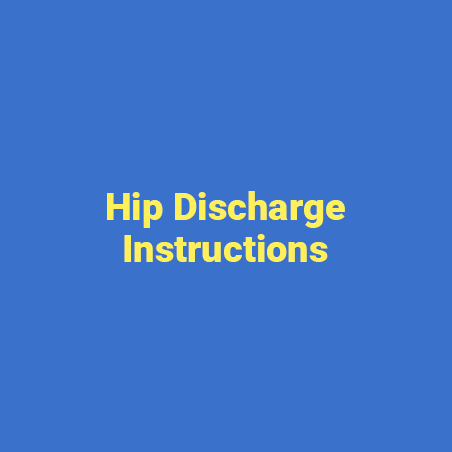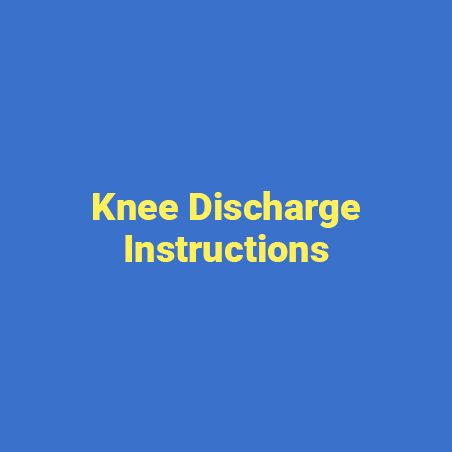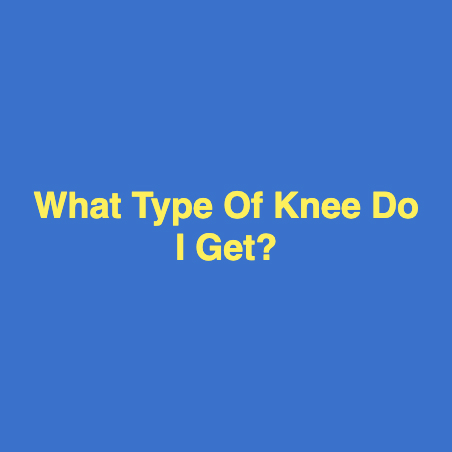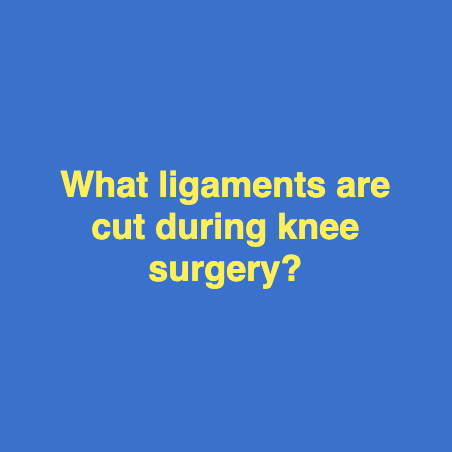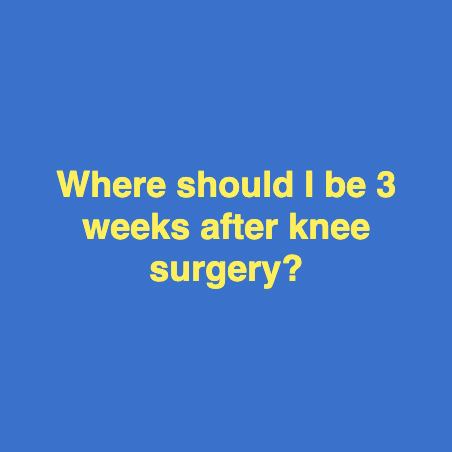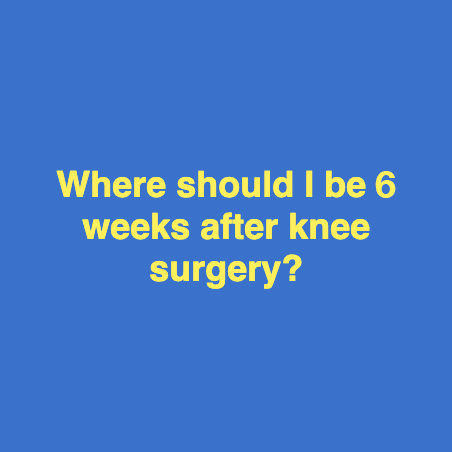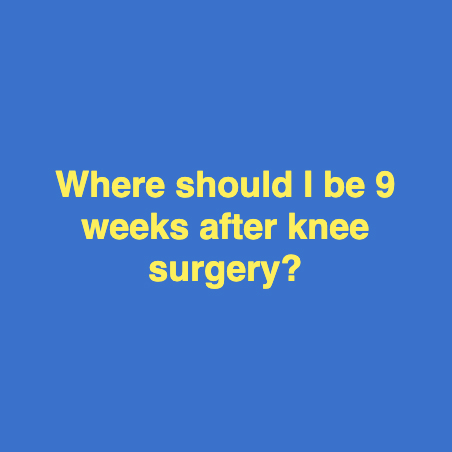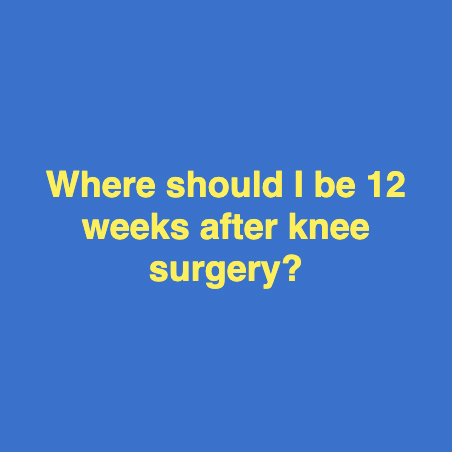Plantar fasciitis is inflammation of the plantar fascia. The plantar fascia is a thick band of tissue that runs from the base of the heel to the base of all five toes on the plantar surface or sole of the foot. The job of the plantar fascia to help hold the arch up. plantar fasciitis or inflammation of the plantar fascia occurs when you have a tight calf muscle that puts stress on the arch. When the calf muscle is tight, it tries to position the foot like a ballerina, or in the plantar flex position. The ground then comes along and pushes up the front of the foot putting a lot of stress on the arch so this can become quite painful especially first thing in the morning, or after an activity on the sole of the heel, feels like a white hot poker shoves you in the bottom of the foot. Typically we treat this without surgery. 90% of patients never need surgical intervention for plantar fasciitis. We always start with physical therapy to stretch out the calf muscle, as well as rolling a frozen water bottle over the arch of the foot. heel lifts or heel cups occasionally can be helpful, night splints and then occasionally injections. I’m pretty conservative with injections in the plantar fascia, though, because as opposed to a joint, which is a space that were injecting that a steroid into, the plantar fascia is a band of tissue and the steroid can actually predispose it to rupture, so I only do those twice at least six months apart as far as treatment for the plantar fasciitis. if you get to 6-9 months and you tried injections and all the other non-surgical things and that’s when we consider surgical intervention, which is just lengthening the calf muscle, so there’s no incisions on the bottom of the foot after we lengthen in your calf muscle you walk in a boot for two weeks, we take a look at the incision and get the sutures out and then you’re in the mood for four more weeks at night. So day-to-day life is not that impacted but it can still take 4 to 6 months to get the running, jumping strength back because we did lengthen the calf muscle.
Menu





